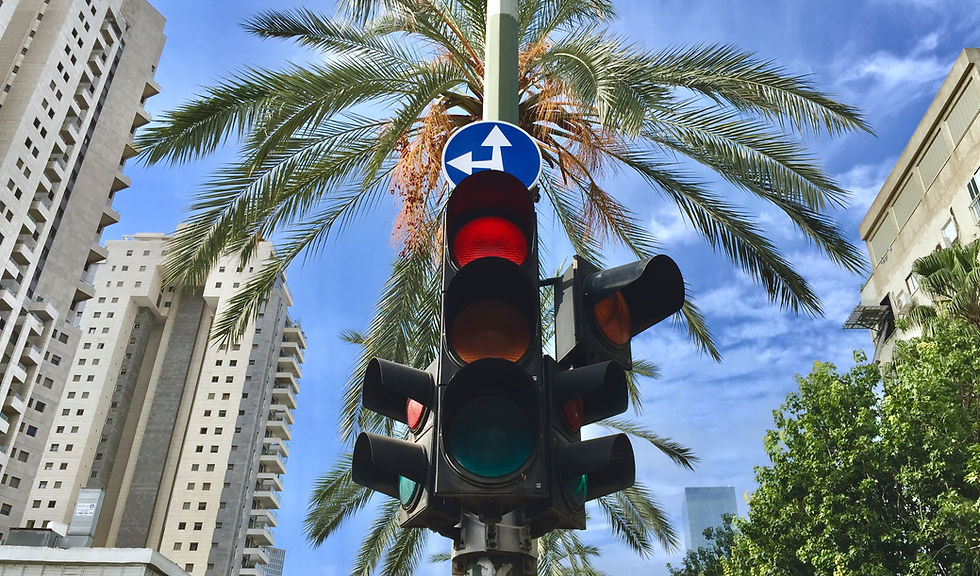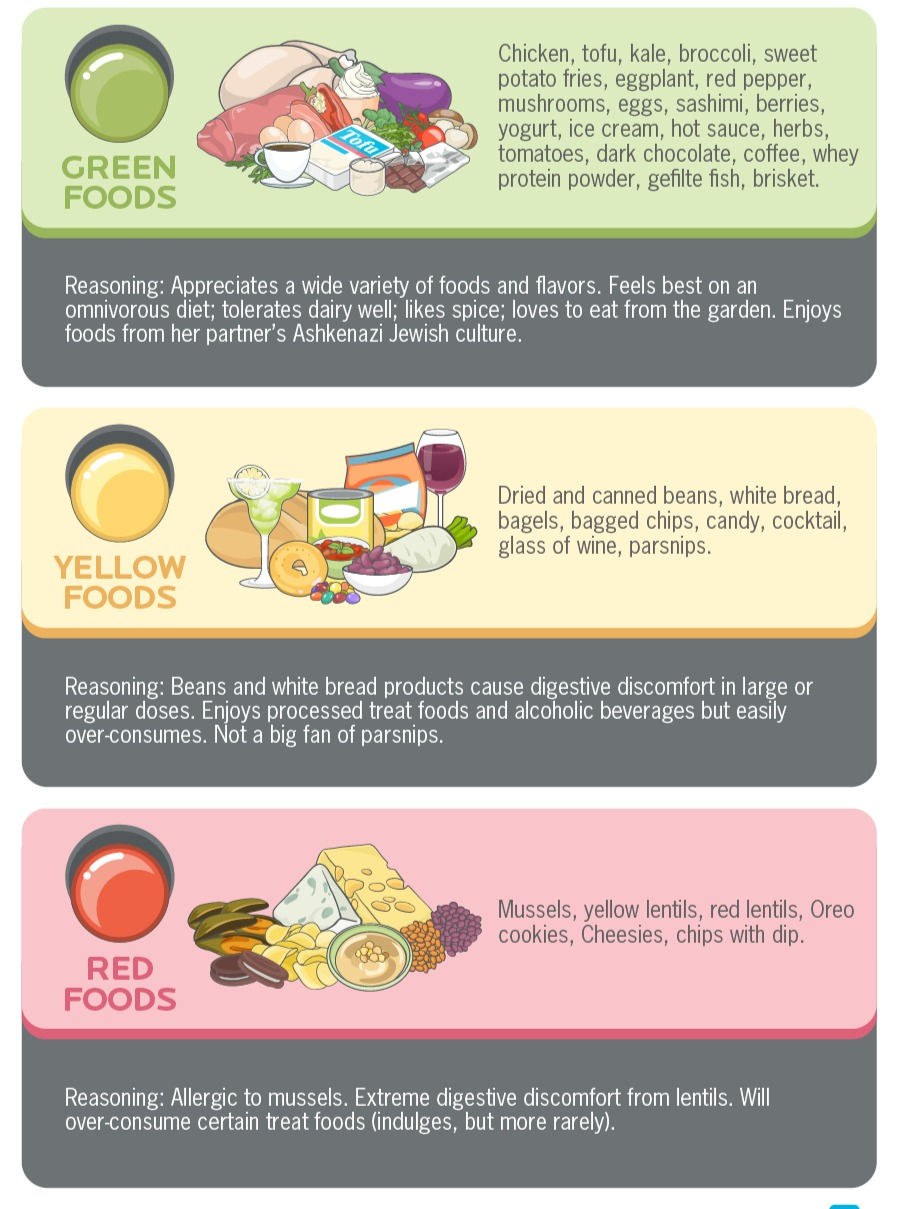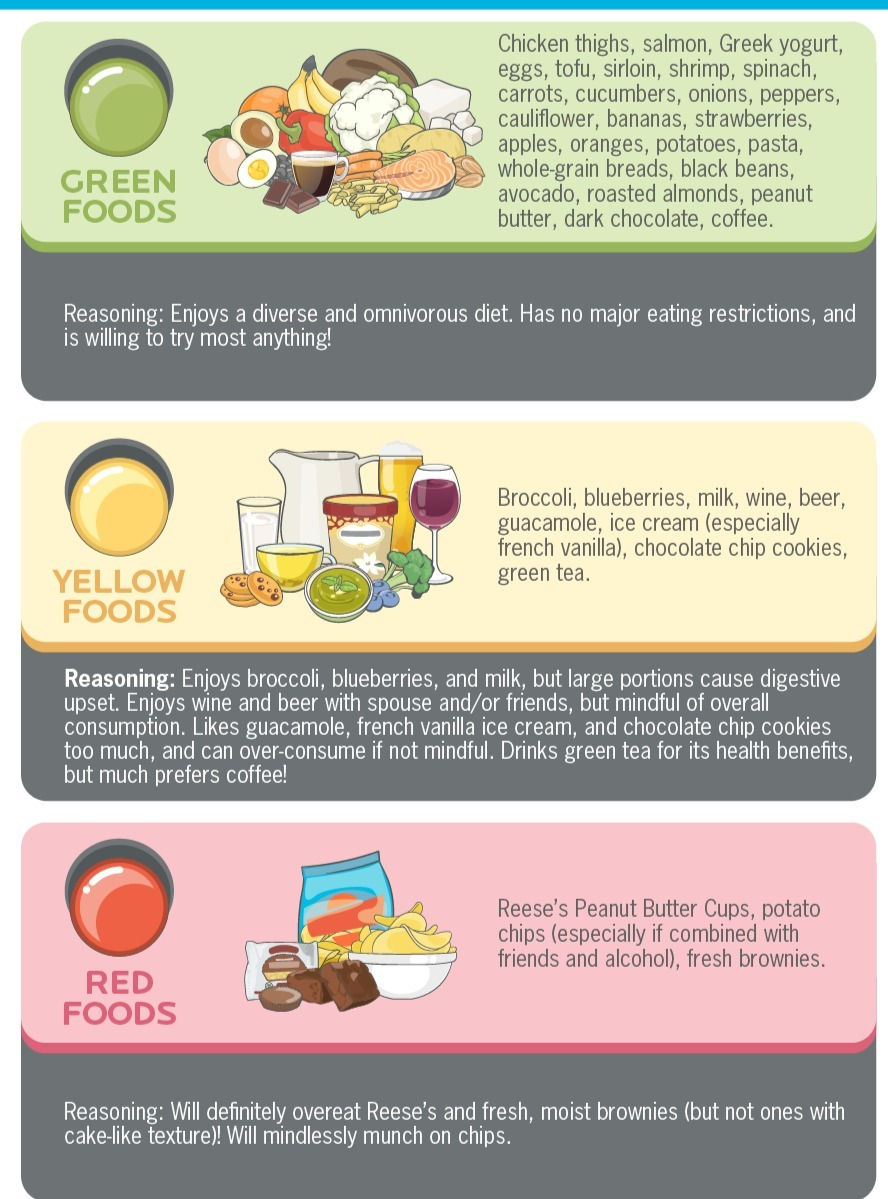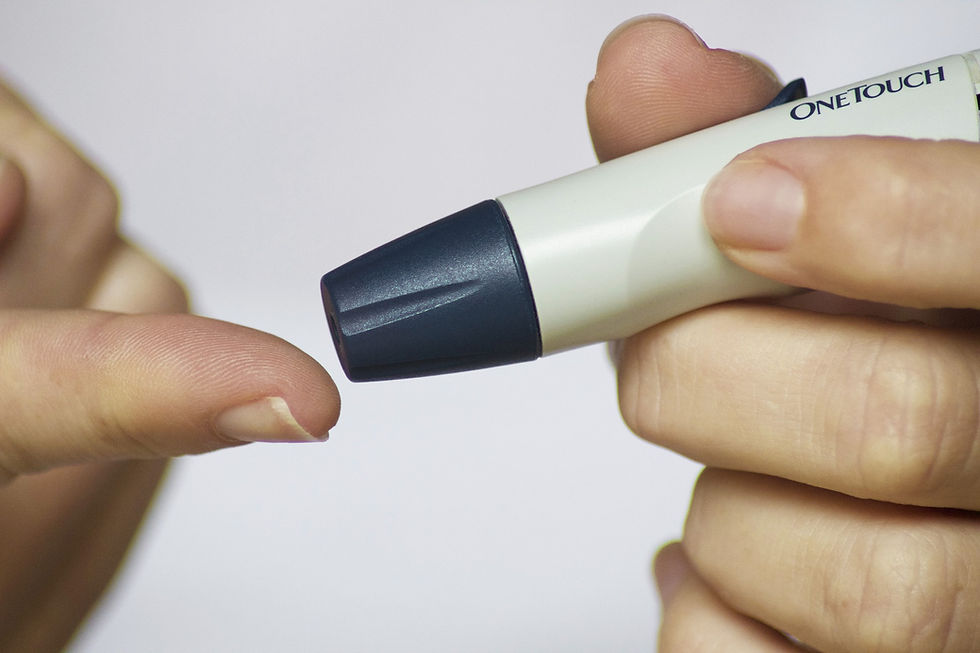Best diet plans for you - The traffic light eating method
- Deepa Bhat
- Nov 15, 2023
- 4 min read
Updated: Mar 7, 2024
During my studies in nutrition, one of the interesting and simple method to eating wisely was this simple green-orange-red worksheet. Since one size can never fit all, this is an interesting way and I kept evolving with my choices.
Good nutrition isn’t about following the rules and the healthiest people aren't maniquenines or perfect. You would be surprised to know that the world's greatest athletes don't follow meal plans or follow someone else's diet advice but they have developed a personal food list based on their own dietary preferences and fitness goals. This also depends on individual taste preferences and how foods make them feel. Religious believes and local customs play a vital role.
While the Japanese love their sticky rice rolled in seaweed and raw fish, a south Indian would have rice with lentils and vegetables all cooked together. Both are choices.
This approach allows these folks to eat nutritiously, enjoy their meals, and feel “in control” around food—without feeling restricted or deprived. This also doesn't require them to eat “healthy” foods they can’t stand (or aren’t able to tolerate).
Introducing the traffic light eating method, something I use in my coaching practice as well.
You’ll define your own “green light,” “yellow light,” and “red light” foods based on how they work for you. (And spoiler alert: “Red light” doesn’t mean bad.)
As you’ll see, nutrition-quality is an important element in choosing foods—but it’s not the only one. Your likes and dislikes, habits, goals, and physiology all play a role, too.
Let’s walk through it.

Green light foods = anytime, anywhere foods
These are foods you eat regularly and with ease. You can eat them normally, slowly, and in reasonable amounts. Whole foods usually make up most of this list, but it may also include foods that you enjoy purely for pleasure, in amounts that work well for you.
Nutrient density isn’t the only criteria here: Your “green lights” are foods that you enjoy, align with your culture and lifestyle, and make your body and/or mind feel good.
And, while encourage mindful eating, green light foods are ones you don’t have to think too much about. You just eat and enjoy them: simple as that.
Yellow light foods = “sometimes” / “maybe” / “small doses” foods
Your “yellow lights” are foods you might eat occasionally, with a degree of caution or mindfulness. Maybe they trigger a bit of indigestion. Perhaps you prefer to enjoy them in small, bite-sized doses. Or only on certain occasions, like out at a restaurant with friends.
Yellow light foods don’t have to be “problem” foods.
They might be nutritious foods you incorporate into your diet, sometimes.
Maybe you’re “meh” about eggplant, but you’ll eat it if its part of a restaurant dish.
Or you’ll eat panner once a week on “vegetarian Mondays and Thursdays.”
Or you cook okra, but only on the weekends when you have time to make it just right.
We’d consider these yellow light foods.
As you can see, “yellows” can be any type of food. Alcohol and certain “junk foods” might wind up in this category. For someone green leafy vegetables could be in this list.
Red light foods = foods you typically avoid, minimize, or make less available
Red light foods aren’t bad. They’re just foods that you choose not to eat (at least most of the time).
Red light foods may not work for you because:
They don’t help you achieve your goals
You always overeat them
You’re allergic to them
You can’t easily digest them
You just don’t like them
Ultra-processed foods often fall into this category since many people find that, once they start eating them, they can’t stop. Some people even call them “trigger foods,” because after taking a single bite, they blink, and the couch is covered in popcorn dust or large packet of chips demolished, empty ice cream cartons and sugary candies.
Again, this doesn’t mean you avoid these foods all the time.
You’ll happily enjoy a generous slice of cake on a special occasion but may not stock your fridge with that.
At the same time, so-called “healthy” foods can wind up on the red light list too.
If broccoli or bitter gourd makes you sick, put it on the red light list. (Because who wants to eat foods they hate?)
If fresh figs cause you to break out in hives, that’s a red light.
If plain, baked chicken breast makes you feel like a sad dieter, you guessed it—red light food.

Worth reiterating: Putting something on your red light list doesn’t mean you can never eat it again. In fact, unless you have severe allergies, it can be worth experimenting with sometimes. You might grow to love something you currently dislike. Or become better at eating it in moderation.
By now you may be thinking, couldn’t the traffic light system promote shame, guilt, or disordered habits?
The answer: It depends on how you use it.
The purpose, rather, is to build awareness about which foods work best for you, and which ones don’t. So you can make informed decisions for yourself.
But not all traffic light systems are created equal. Just like one size doesnt fit all.
Use it based purely on their interpretation of nutritional value, to indicate which foods should make up the bulk of your diet (green), which foods you should eat in moderation (yellow), and which foods you should eat infrequently and in small portions (red). And the list is the exact same for everyone.
The approach is different, for a few reasons:
First, no foods are “bad” or off-limits. Data has shown that restriction often leads to more problematic eating behaviors, not less.
The big intention is to help make improvements and adjustments that feel right for you.
What’s more, when used as an awareness-building tool, the traffic light eating method can actually help you move away from disordered habits, and experience a greater sense of self-efficacy, flexibility, and enjoyment with their food choices.
That can feel life-changing.
When you know which foods work well for you, which ones are “meh,” and which ones cause unwanted issues, food choices become easier.
Plus, you can adapt your traffic lights at any time. They evolve with you.

Better still, you make decisions based on YOU. Your body, your mind, your health. Not someone else’s diet, meal plan, points, or rules.
Your nutritional choices become less rigid and more flexible. Food becomes less stressful.
Compare two different people's - Traffic Light
Image: PN Coaching





Comments